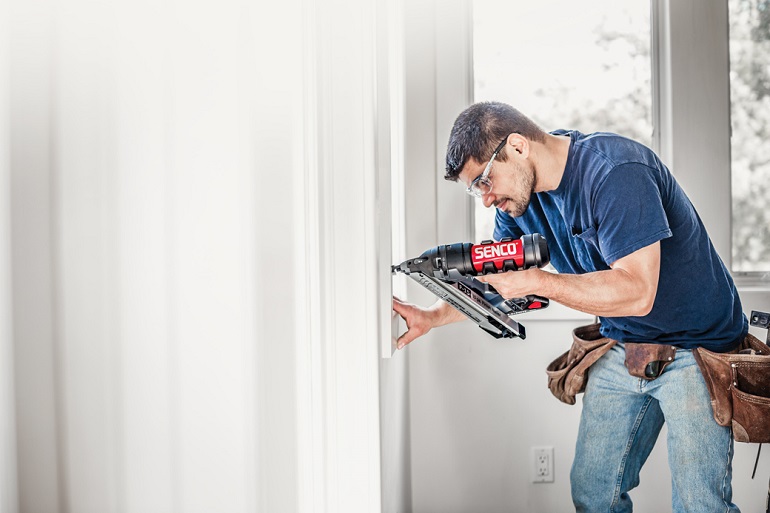You moved to a new home, or purchased new furniture, and can’t get enough of how neat it all looks together. And yet, sooner or later, things eventually get in need of repair, some more than others. You try and try to get them back in shape, but don’t feel like your hard work pays off in the long run, sometimes causing more damage than there already is so the only option would be to call in a handyman, or worse – spend more money by buying brand new again. Doing the hard work at home doesn’t only refer to handling basic plumbing and electrical projects, such as unplugging drains and changing light fixtures, but big modifications and new installs too.

Not all of us were gifted with the talent to be the family handyman everyone counts on, but one can always work on the skills and excel in DIY projects. If you don’t know where to start, the right path is to begin learning the tools because no handyman gets successful without prior tool knowledge. You may end up wanting to buy more tools than you actually need in your tool kit, but it’s important to base your investments on utility. A cheap nail gun is among the basics considering it’s the sort of tool that’s meant to help with numerous tasks: fencing, framing, deck and furniture building, hardwood flooring, millwork and panelling among others.
No one wants the noise these tools produce as well as the inability to hold them for an extended period because of their weight, but fret not, latest models of cheap nail gun are designed to work low noise by being economic with air consumption, with the capacity to suit both plastic and wire coated nails, and being lightweight and easy to manoeuvre certainly works in their favour. If you’re afraid you’d mess up, you’re not the only one, but that’s how one learns – by making mistakes and figuring out how to clear up the mess you make.
Beginners are advised to take up easy projects, such as painting rooms, furniture and adding insulation to certain spaces where you can give yourself the freedom to experiment, like the basement and attic; once you’ve mastered them you can move on to more challenging ones that require more planning. Living in the 21st century means you have plenty of information available to you. Along with specialised books, you can always count on the internet to figure out how to handle a DIY project, and get advice by experienced family handymen who can steer you in the right direction tool-wise. The more you practice, the better handyman you’d become so give it a try; your family would thank you for it.

